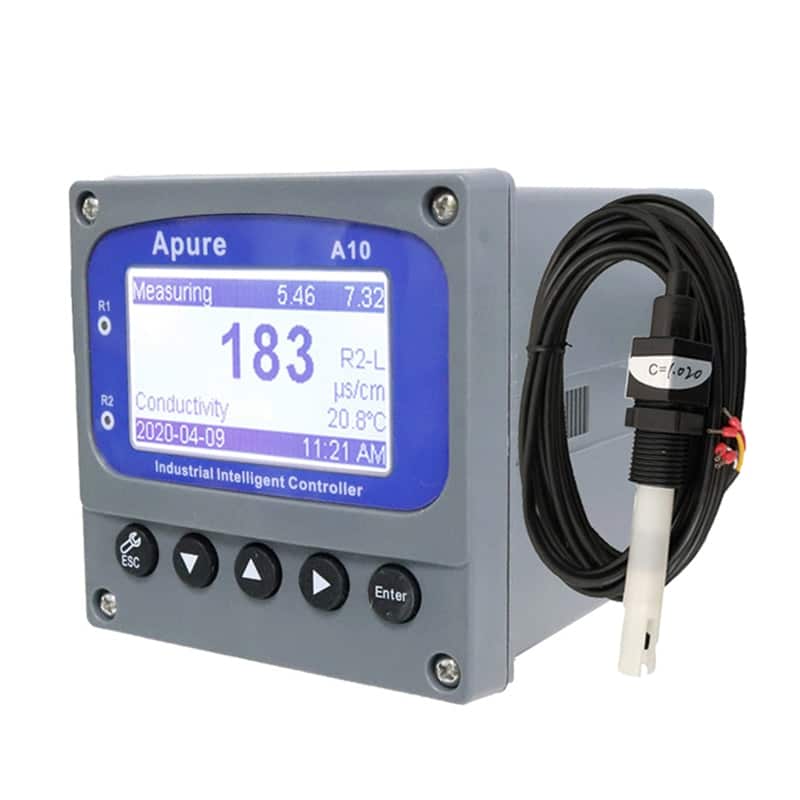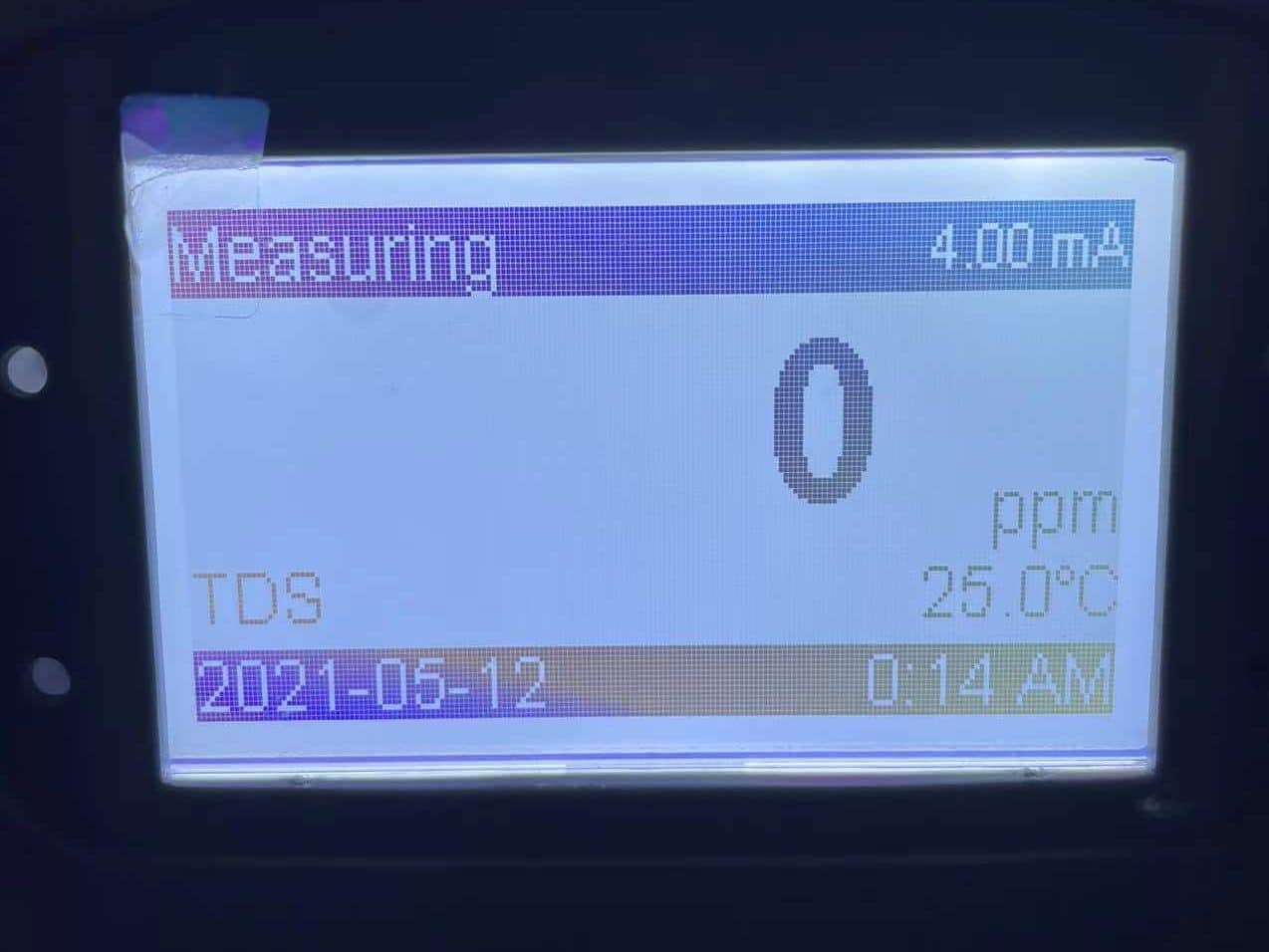What is TDS?
TDS (Total Dissolved Solids) is the sum of dissolved solids in water. These solids include, for example, salts, minerals and metals. This value is also often referred to as the electrical conductivity of the water. This is because the more of these solids or ions in the water, the better its conductivity.
When rain falls to the ground, it dissolves the minerals present in rocks and soil. As it dissolves these minerals, they are retained in the water at different concentrations. It helps to make the water taste “right” by slightly raising the pH of the water. The most common minerals found in water are calcium, magnesium and sodium.
Some areas have higher levels of these dissolved minerals in the water, making it “hard”, while other areas have lower levels. Water in the range of 120 mg/L (or ppm) and above is considered hard according to the Water Quality Association standards, and 180 mg/L is considered very hard. Water in the 80 to 100 mg/L range is ideal, meaning it is not too hard and contains the right amount of dissolved minerals for optimal taste. As the TDS level goes below 17 mg/L, (as minerals are removed) it becomes “softer”, with a lower pH and higher acidity. In addition to inorganic materials such as minerals, TDS also contains small amounts of organic materials from sources such as leaves, sewage and waste.
What is a TDS meter?
TDS meter is a water quality analysis device used to indicate the total dissolved solids in a solution (usually water). Since dissolved ionized solids (such as salts and minerals) increase the conductivity of a solution, a TDS meter can also measure the conductivity of a solution and estimate the TDS from that reading. TDS meters typically quantify this conductivity in microsiemens or ppm. The latter stands for parts per million, i.e. the number of solid particles per million particles of the water mixture. a value of 40 ppm means that there are 40 dissolved ions from a million particles and the rest (= 999 960) are water molecules.
TDS meters may be called TDS testers or PPM (parts per million) testers, but all of these are different names for the same thing. TDS meters can cost as little as $15, but more advanced models can cost $800 or more, depending on the accuracy and additional features offered. For example, a basic TDS meter may only measure the amount of total dissolved solids in a solution, while advanced models are also able to check ph, salinity, temperature, and more.


Why measure TDS?
High TDS levels mean that the water contains high levels of dissolved solids, usually minerals. Over time, the continued presence of these minerals in your water can lead to scale buildup in your pipes and equipment, which shortens their life and effectiveness. By knowing your TDS levels, you can determine if you need something to address this issue, such as a salt-free water conditioner or water softener, especially for hard water.
Salt-free water conditioners inhibit scale buildup by converting dissolved hard minerals into harmless microscopic crystals that do not accumulate over time. Salt-free water conditioners protect pipes and plumbing, reduce spots and stains on dishes and shower doors, extend the life of bright-colored clothing, and more, without wasting salt or water. Remember, a salt-free water conditioner is not the same as a water filter. The ultimate goal of a water filter is not to remove all solids from the water.
What does TDS not measure?
The TDS meter does not measure contaminants; the TDS reading is simply the amount of total dissolved solids in the water; it does not tell you what those solids actually are and whether they are harmful to your health.
For example, your TDS meter reading may be high, but there are no harmful contaminants in the water. Some healthy minerals, such as potassium, magnesium and calcium, can actually cause your TDS meter to spike. Therefore, any water filter with a remineralizer can cause the TDS meter to read high, even if the remineralizer is adding the quality minerals you want.
On the other hand, your TDS levels may be low even if there are multiple harmful contaminants in your drinking water. Your water may contain heavy metals such as lead, or other contaminants such as pesticides, drugs or hexavalent chromium, which are not picked up by the TDS meter.
That’s why you shouldn’t rely on a TDS meter to determine your water quality. You need to know not only how many dissolved solids are in your water, but also what those solids are and whether they are harmful to your health.
Anyone who thinks that water with zero ppm is automatically free of any pesticide and drug residues is far from it. All TDS meters measure only the number of ions in the water. Most pesticides, hormone disruptors and drug residues are usually ion-free!
More articles on water quality analysis:
What is conductivity?
What is salinity meter and how does it work?
Water Quality Sensors For Water Treatments
Water level sensor types and works
